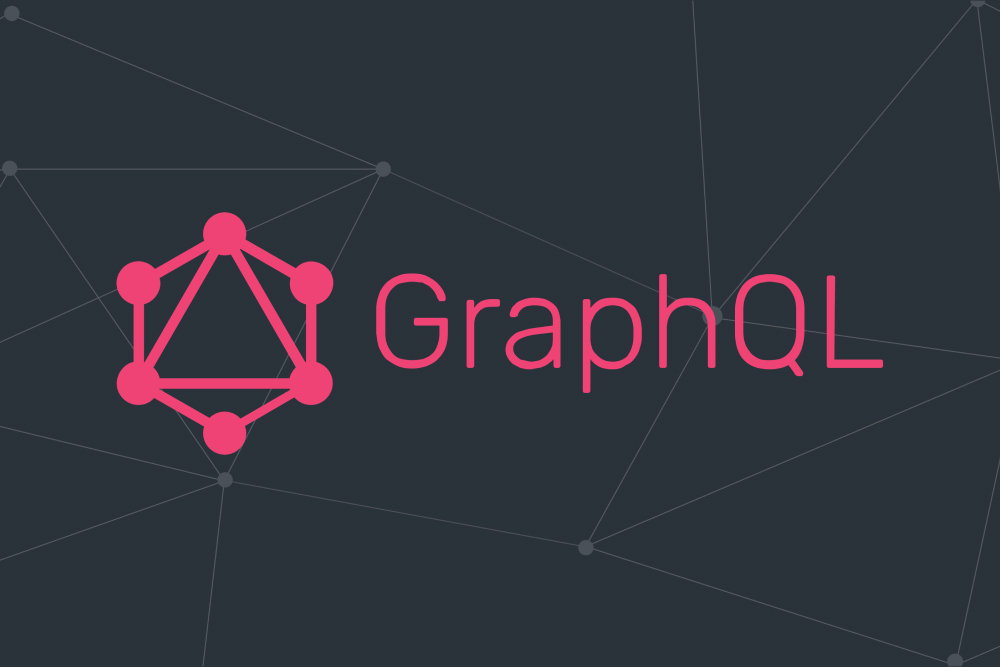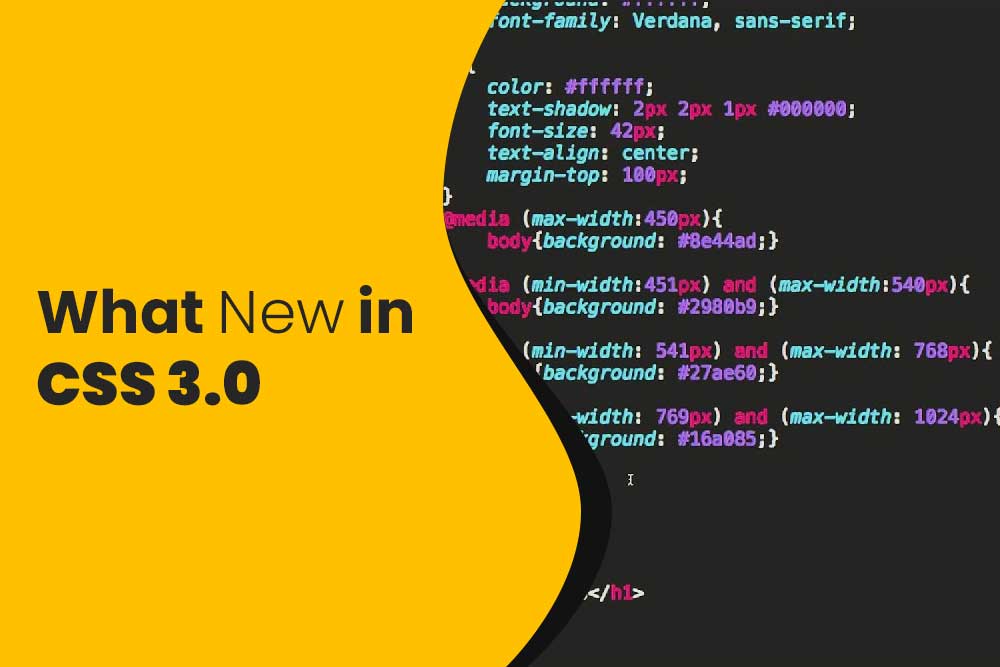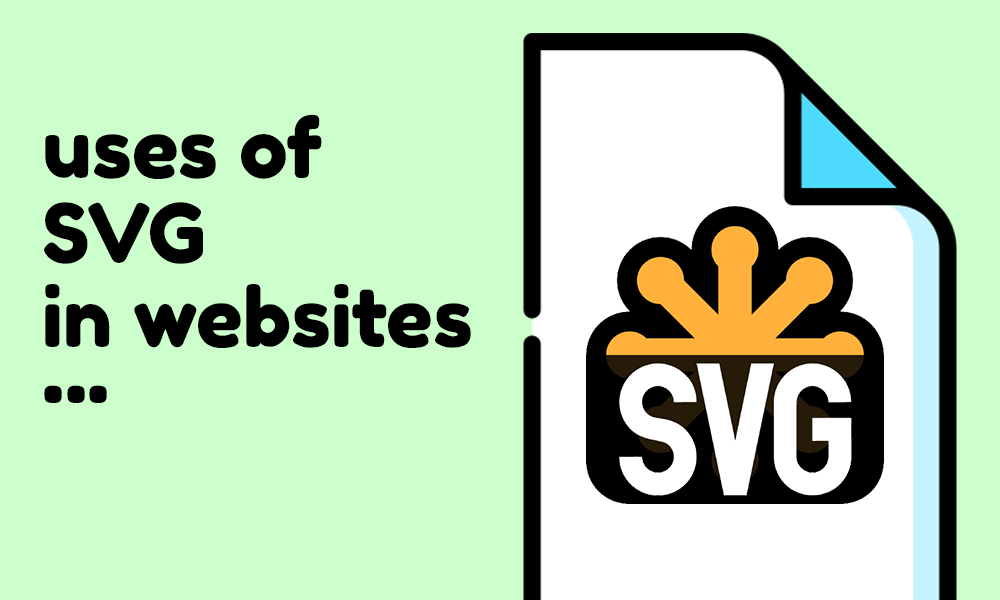Data is a key driver of applications in the digital world that moves at great speed. If you’re building mobile applications, web platforms or enterprise software, efficient data management is essential.
Conventional REST APIs had been preferred for interchanging data, but bear certain limitations; over-fetching, under-fetching, and complicated versioning. Here is when we see the entrance of GraphQL – a modern query language and API Runtime that strives to offer more flexibility and efficiency and more control over interactions with data.
GraphQL has become quite popular among the developers because it has a capability to simplify data fetching and optimize performance and highlight the developer productivity. This article will outline the overall concept of GraphQL, its internals, benefits with comparisons to traditional REST APIs.
What is GraphQL?
GraphQL is an open-source data query and modification language initially designed for Facebook back in 2012 and posted online for use in 2015. It introduces a new way to design APIs, with the clients getting to ask for what they want, not more, not less. In contrast to REST APIs which expose many endpoints for various resources, GraphQL combines data access via a single endpoint simplifying and optimizing the design of the APIs.
In its essence, GraphQL is, at once, a language to ask queries against your data, and a runtime to run such queries. It enables you to define schema which describes how the data types relate to one another, and a transparent contract between the client and server. This versatility has contributed to its popularity among contemporary applications that seek appropriate data exchange as well as social media websites, e-com stores and SaaS products.
Core Concepts of GraphQL
Schemas and Types:
The most important part of any GraphQL API is the schema – which describes the structure of data, types, and relations. Types may be scalars (string, integer), objects (complex data structures) and enums and custom types. The schema is used as blueprint, to ensure data consistency and predictability.
Queries
Clients use queries to make requests for data to a GraphQL server. A query is constructed in a style similar to JSON but describes exactly what fields and nested structures the client requires. This ensures efficient data fetching.
Mutations
Queries are used while reading data while mutations are used to update data stored at the server ie creating, updating and deleting records. They are necessary if it is required to process data and perform the complicated operations.
Subscriptions
Subscriptions enable clients to enjoy instant updates every time data are changed on the server. This way, GraphQL is good for live apps such as messaging sites, stock trading apps, or games played online.
Fragments
Fragments enable reusable parts of query, which is code modularity. They are especially useful in complex ones, not repeating common usage of query structures.
Variables
Variables allow dynamic queries because values can be passed to a query making it reusable in different query requests. This feature comes handily in when it comes to filtering data upon user inputs.
How Does GraphQL Work?
GraphQL runs with a client server basis. The client makes a request to the server for the information that it requires. The server performs this query with the help of a resolver function, which retrieves the requested data from some sources, such as a database (or other data sources). The server responds then with a JSON response in a response corresponding to the structure of the query.
One multi-efficiency endpoint for GraphQL makes data fetching easy. Clients can get all the required data via a single request, which minimizes network overhead and enhances performance instead of a variety of requests to various endpoints. This method is particularly however critical for mobile applications, where reducing data transfers can have major user experience effects.
Why GraphQL?
- Precise Data Fetching: Clients only ask for what they want, minimizing the size of payload and making responses faster. This is especially beneficial for the applications with low bandwidth.
- Single Endpoint: Enables easy management with single access to the API through one endpoint.
- Strongly Typed Schema: The schema has a clear, self documenting contract between client and server, makes few errors and guarantees a consistent data structure.
- Real–time Capabilities: Subscriptions provide real-time data updates, meaning that GraphQL is suitable for changing applications like chat apps, live dashboards.
- Self–Documenting API: With introspection feature, developers are able to inspect available queries and mutations, and data types without having to search through documentation, which ensures a greater understanding and more rapid development.
GraphQL vs. REST
While REST has been the standard for API development, it has limitations that GraphQL overcomes:
- Over-fetching and Under-fetching: REST usually presents excess or minuscule data. With GraphQL it is possible for the clients to ask for what they need only.
- Multiple Endpoints: REST demands different endpoints for different resources leading to enhanced complexity. GraphQL uses one.
- Versioning: REST APIs tend to necessitate versioning in order to be backward compatible. GraphQL’s flexible schema avoids this.
Implementing GraphQL
Deployment of GraphQL starts by authorizing a server that can handle GraphQL queries. Based on your stack of technologies you can use libraries such as Apollo Server for use with Node.js, Graphene for Python, GraphQL-Java for use with Java as examples.
Setting up a server includes defining the schema, design data fetching resolvers, and setting up a GraphQL endpoint. When configured, clients can get this endpoint to engage with the API.
FAQs
What makes GraphQL different from REST?
GraphQL will enable the clients to describe precisely what information they require through a single endpoint, whereas REST will expose many of them and the possibility of over-fetching and under-fetching data may arise.
Can GraphQL work with any database?
Yes, because GraphQL will only serve as a query layer between a client and a data source, it will work with any database. It is database-agnostic.
Is GraphQL secure?
It is possible to secure GraphQL if carried out with the tools to limit unauthorized access through authentication, authorization and input validation mechanisms.
How does GraphQL handle versioning?
Versioning is avoided by having the schema modify itself without rendering the queries invalid. It is possible to add new fields without harming old ones.
What is a resolver in GraphQL?
A resolver is a function responsible for data fetching for a given field in a query – this way connecting a schema to a data source.
Can GraphQL replace REST completely?
Not always. Although GraphQL is more flexible, REST may still work for simple APIs, and simplicity is its particular strength.
Conclusion
GraphQL is revolutionary to the development of APIs, with flexible, efficient and scalable data handling. It enables developers to develop strong applications with accurate data control, real-time function, and the simplification of API management. Regardless of whether you’re developing a small app or a complicated enterprise solution, GraphQL offers you the instruments for getting the best of data interaction.



